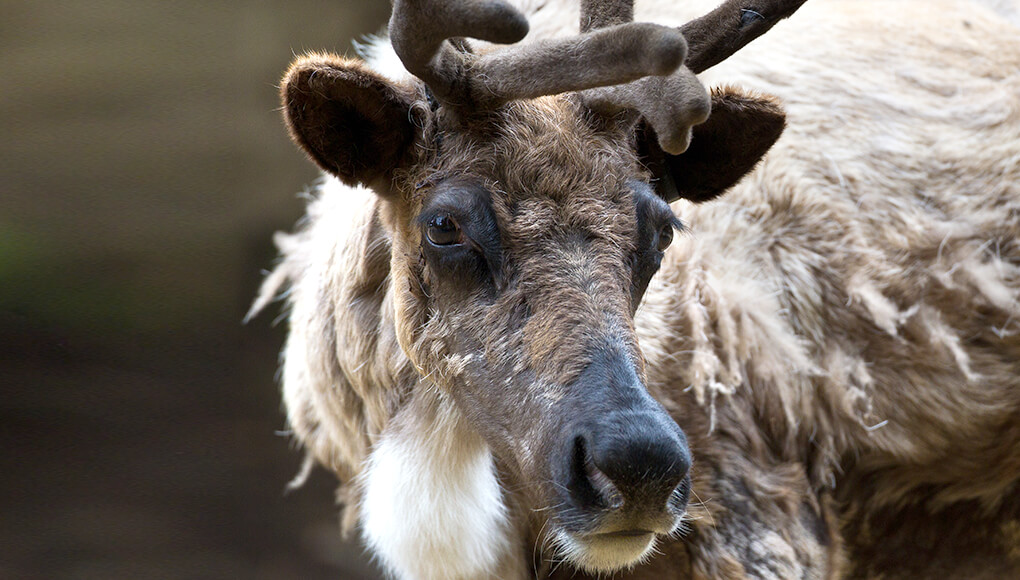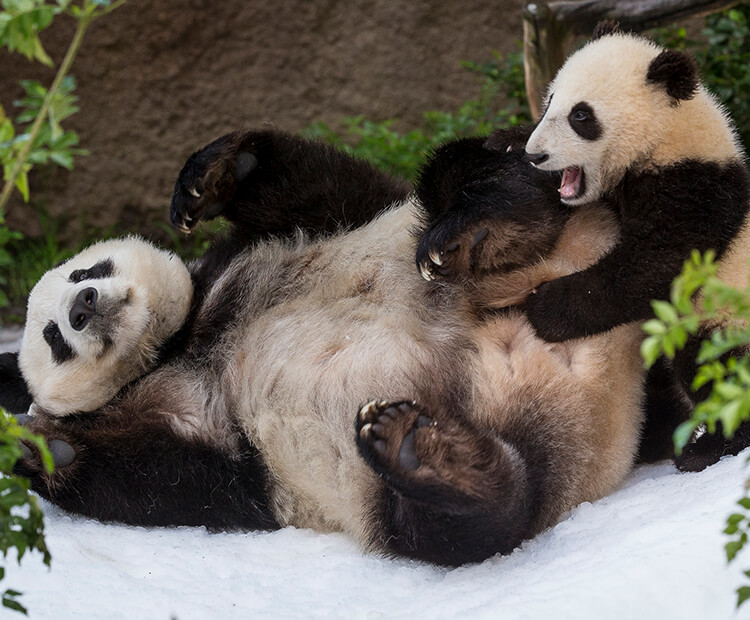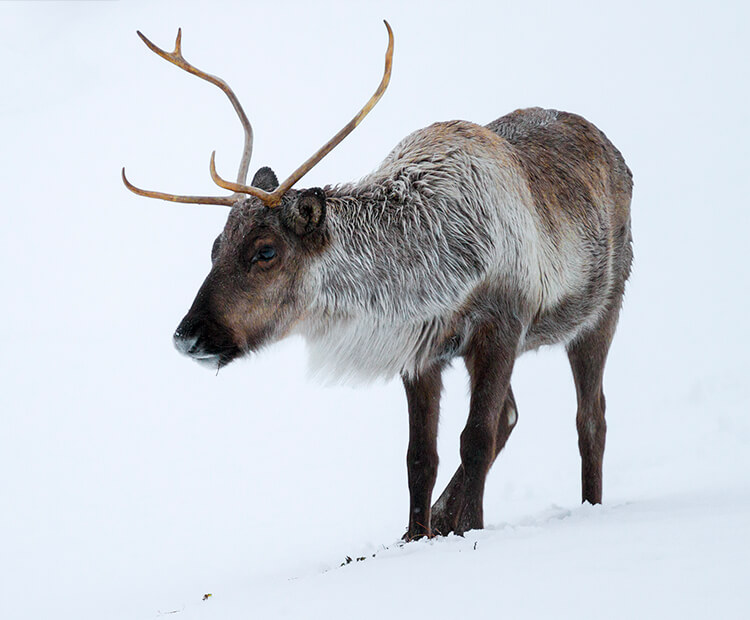
Cold-weather critters

When temperatures start to drop, we humans usually put on a sweater or jacket so we can keep warm. Many animals don't have to go to such trouble because they have special characteristics, called adaptations, that allow them to stay comfy and safe. So who are some of these wintertime wonders?

Cool cat
The snow leopard lives in the mountains of central Asia, where, in some areas, there is snow around all the time! One feature that helps the snow leopard get around in this cold climate is its feet: the paws have fur, even on the bottom, and this gives the cool cat great traction on the snow.

Feeling foxy
Another animal that lives in snowy conditions is the Arctic fox. This little carnivore lives in the tundra regions of Alaska, Canada, Greenland, Iceland, Europe, and Russia. The Arctic fox has furry feet that act like little snowshoes, something it has in common with the snow leopard. The fox's lush tail can be curled around its body like a cozy scarf to help keep out the chill. And the fox's beautiful, thick coat helps keep the cold out and helps the animal blend in to its habitat. The Arctic fox goes through color phases. The "polar," or white phase, makes the fox hard to spot against the white snow. And the darker "blue" phase? This serves as the fox's camouflage against the rocks in its habitat.

The nose knows
Hair is a big help to reindeer, too. The reindeer is covered in hair, from top to bottom, which traps the heat. And the nose knows how to stay warm, too: the reindeer has a specialized nose that warms the incoming air before it enters its lungs!
For many people, the giant panda is a cold-weather-world favorite. The panda's black-and-white woolly coat is very oily, which helps waterproof the bear.




